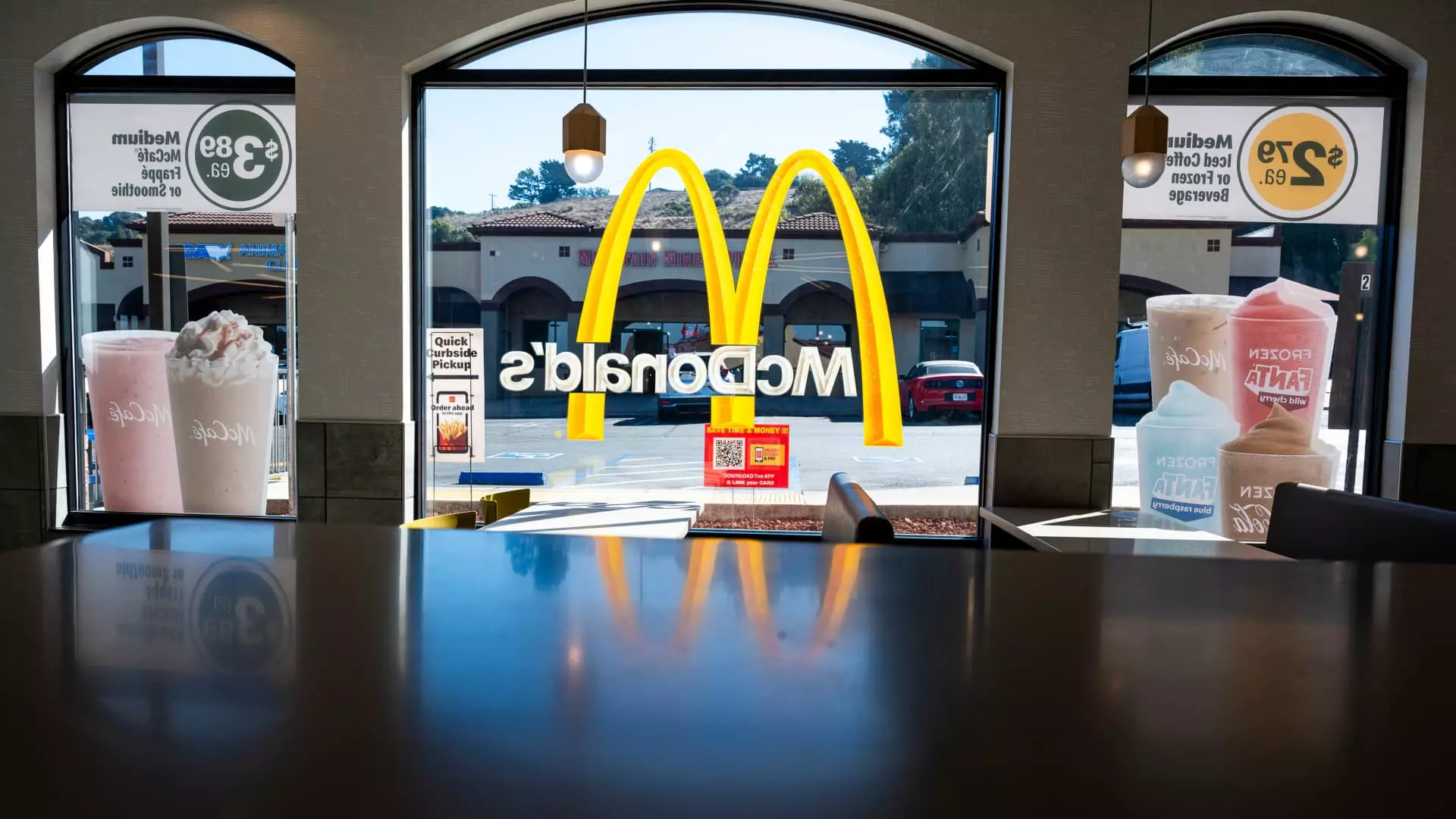The restaurant industry has traversed uncharted waters over the past several years, particularly following the turbulence of the COVID-19 pandemic. As 2024 draws to a close, leaders in the sector are expressing a collective eagerness for the new year, hoping that 2025 will mark a return to growth and stability. However, this optimism is intertwined with a complex landscape of lingering challenges and emerging opportunities.
The sentiment within the restaurant industry is shadowed by a stark reality: restaurant bankruptcy filings surged over 50% in 2024 compared to the previous year. This staggering figure reflects the severe strain many establishments face as they strive to adapt to post-pandemic behaviors and economic changes. The National Restaurant Association has noted that various outlets, particularly those with existing physical locations, are struggling to reclaim their pre-pandemic traffic and sales levels. Data from Black Box Intelligence reveals a troubling trend of declining consumer traffic to restaurants open for over a year, with decreases noted in every month up until September 2024.
This decline has set the stage for increased scrutiny from investors, especially among major chains like McDonald’s and Starbucks, which have reported disappointing same-store sales figures in recent quarters. The steep competition and shifting consumer preferences in a recovering market are compelling restaurant executives to rethink strategies and consumer engagement tactics.
Despite the difficulties, there are faint yet promising signs that the restaurant sector is beginning to recover. Recent statistics indicate a 2.8% rise in fast-food traffic in October compared to the previous year, suggesting a potential rebound. Major players like Burger King have reported positive same-store sales growth, offering glimmers of optimism even amid industry turbulence.
This turnaround can be further supported by falling interest rates, which the Federal Reserve recently cut for the second consecutive time. For restaurant operators, lower rates can facilitate expansion plans by easing the financial burden associated with opening new locations. Shake Shack, for instance, highlights the potential for enhanced consumer confidence as borrowing costs decrease, noting a consistent uptick in same-store sales amidst cautious consumer behavior.
As financial conditions show signs of stabilization, there is renewed speculation surrounding potential initial public offerings (IPOs) within the restaurant sector. Industry analysts are watching the market closely for developments, particularly given that many companies, including Panera Bread, have previously explored IPOs without successfully launching them. The success of certain chains, like Cava, whose stock has skyrocketed since its IPO, could pave the way for a thawing of the IPO market as potential public offerings are back on the table.
Damon Chandik, managing director at Piper Sandler, has indicated that while the market is not significantly open to IPs at present, he foresees opportunities in the near future as the industry recalibrates post-pandemic. As established operators like Inspire Brands, which owns several premium-associated restaurants, consider public offerings, expectations are high, but so are the hurdles involved.
Despite these hopeful narratives, not all is positive in the restaurant domain. Financial leaders, such as Portillo’s CFO Michelle Hook, caution that the industry will likely continue to face headwinds in 2025. Portillo’s has experienced falling same-store sales for several consecutive quarters, emphasizing a need for careful navigation through competitive pressures and fluctuating consumer preferences.
Value strategies are one primary area of contention. Chains like McDonald’s are ramping up their value offerings in a bid to appeal to budget-conscious consumers grappling with economic realities. The “value wars” are likely to intensify as restaurants vie for market share through discounts and promotional deals, arguably impacting profit margins.
As executives across the restaurant sector engage in strategies to bolster consumer engagement, it’s essential to maintain a balanced perspective on the industry’s trajectory. The optimism surrounding 2025 rests on emerging economic indicators and the potential for a renewed consumer spending environment. However, the path to recovery will hinge on overcoming substantial existing challenges, including optimizing operational efficiencies, navigating competitive pressures, and responding to the evolving landscape of consumer expectations.
While 2024 has been tough for many in the restaurant industry, the transition into 2025 brings both hope and uncertainty. The anticipation of recovery is palpable, yet industry leaders must remain vigilant and proactive to ensure long-term sustainability in a constantly shifting economic environment.

